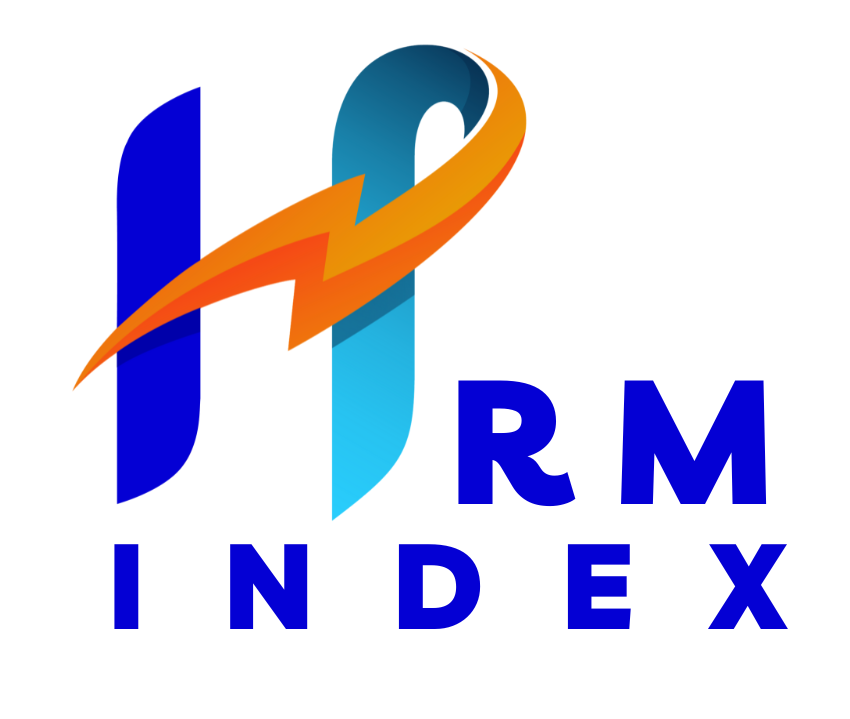Certainly! Conducting data collection for your best thesis writing service online is a critical step that directly impacts the quality of your research. Here are some best practices to ensure effective data collection:
- Define Clear Research Objectives:
- Before collecting data, clearly define your research objectives and questions.
- Understand what you want to achieve and how the data will contribute to your study.
- Choose Appropriate Data Collection Methods:
- Select methods that align with your research objectives and the type of data you need (quantitative, qualitative, or mixed methods).
- Common methods include surveys, interviews, observations, experiments, and archival research.
- Pilot Test Your Data Collection Instruments:
- Before full-scale implementation, conduct a pilot test to identify any issues or ambiguities in your data collection tools.
- Refine your instruments based on feedback from the pilot phase.
- Obtain Ethical Approval (if Required):
- If your research involves human participants, seek ethical approval from your institution’s research ethics board.
- Ensure compliance with ethical guidelines and informed consent procedures.
- Record Relevant Information Promptly:
- As you collect data, record all relevant information systematically.
- Note details about data sources, context, and any adjustments made during the process.
- Maintain Consistency and Standardization:
- Follow consistent procedures throughout data collection.
- Use standardized protocols to ensure reliability and comparability.
- Avoid Bias:
- Minimize bias by randomizing samples, using clear instructions, and maintaining objectivity.
- Ensure Data Accuracy and Validity:
- Double-check data entries for accuracy.
- Validate data against existing records or other sources.
- Organize and Store Data Securely:
- Develop a data management plan.
- Use appropriate software or databases to organize and store data securely.
- Document Your Data Collection Process:
- Create detailed documentation of your data collection procedures.
- This documentation will be valuable for future reference and transparency.
See Also : What are the common challenges faced during literature review?
